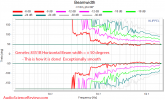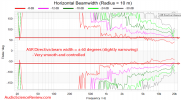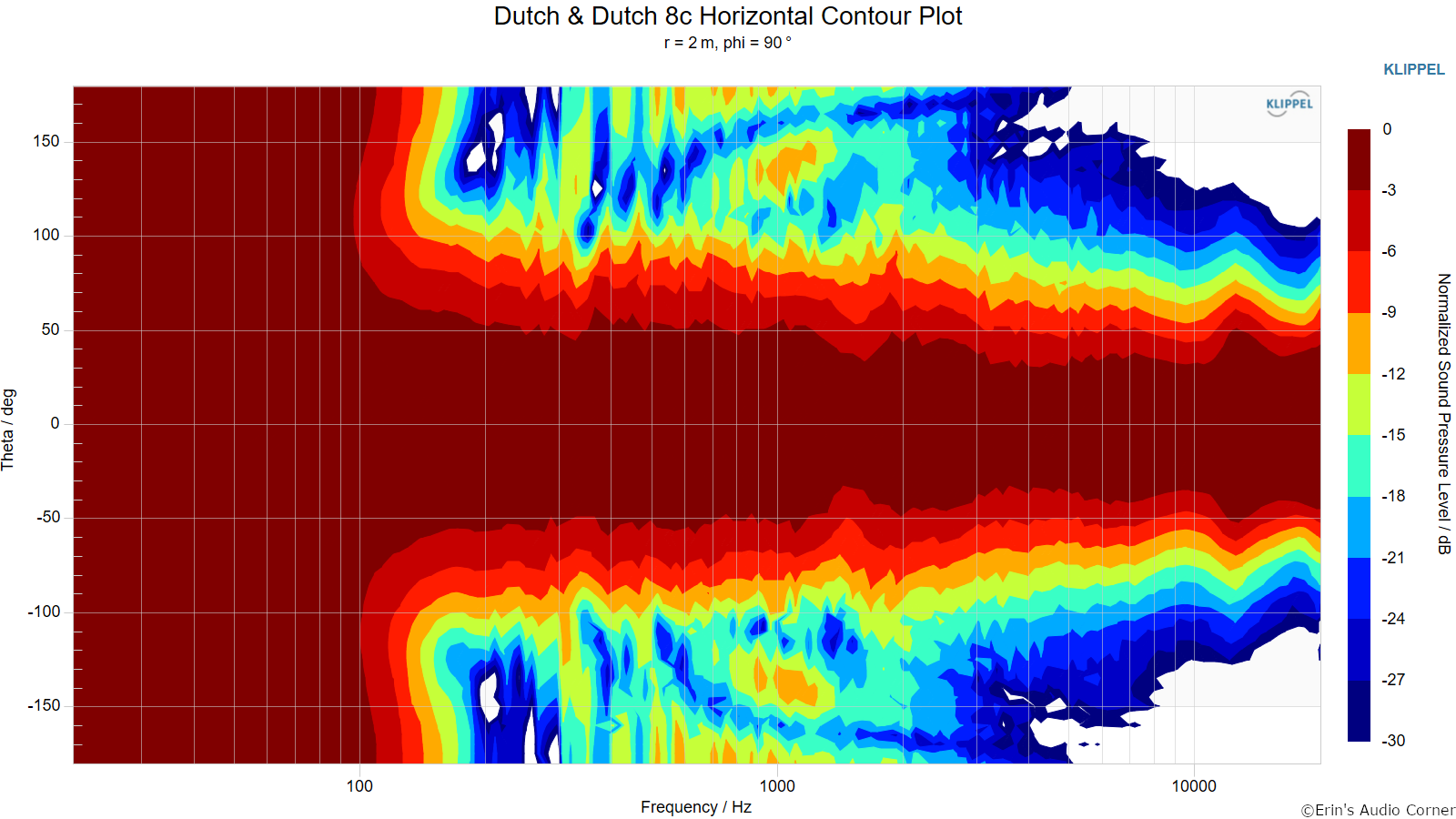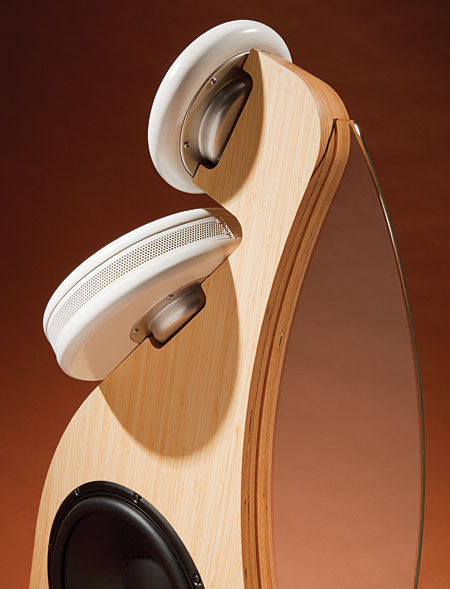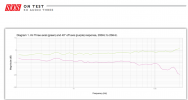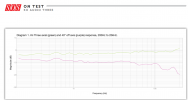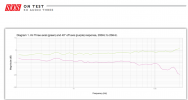There are two steps in the directivity related to baffle size and box size. The first step is when the baffle is no longer constraining radiation and the second related to the width and depth of the cabinet combined. In a rectangular box with no passive or active radiation control on the sides or rear these steps are inevitable.I was just realizing that. So how does the Genelec system work? Is there a directivity mismatch between the W371 and the monitor on top of it?
The Genelec Ones use a coaxial driver with the front baffle contoured as a waveguide to control the directivity of the mid and tweeter, the woofers exit through slots spaced apart to narrow the radiation either vertically or horizontally depending on how they are placed.
The larger 14" woofer in the W371 naturally has narrower radiation higher up in frequency, the crossover point is chosen to match that of the monitor above. The rear woofer narrows the pattern through cancellation at the upper end before transitioning back to omni below 100Hz or so to not lose all the bass.
Not all of that is possible in an off the shelf box. Don't forget that the Ones and W371 are big speakers in comparison to the R1.
Active side woofers are a more practical option to create similar directivity in an off the shelf box but the cost has to be considered.

